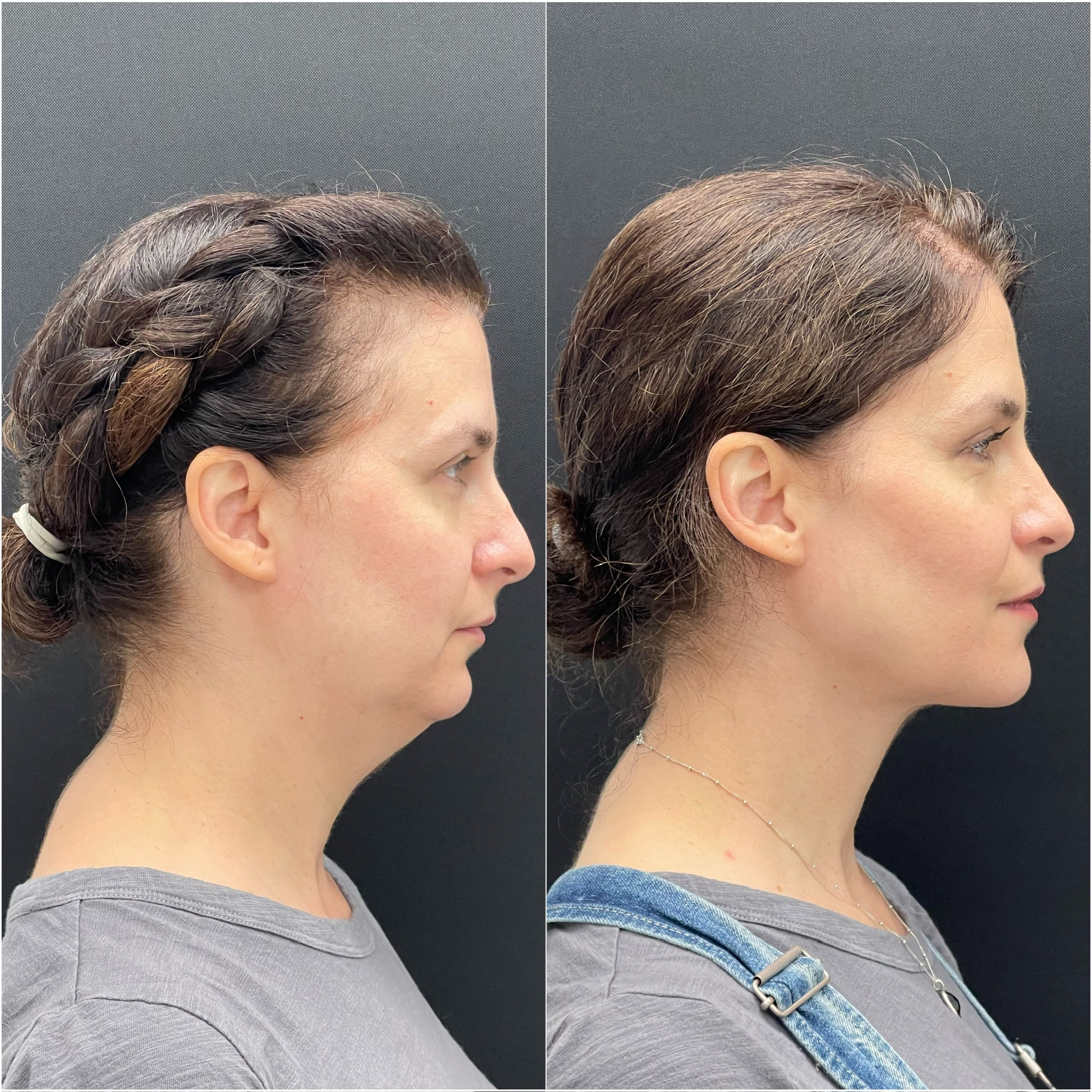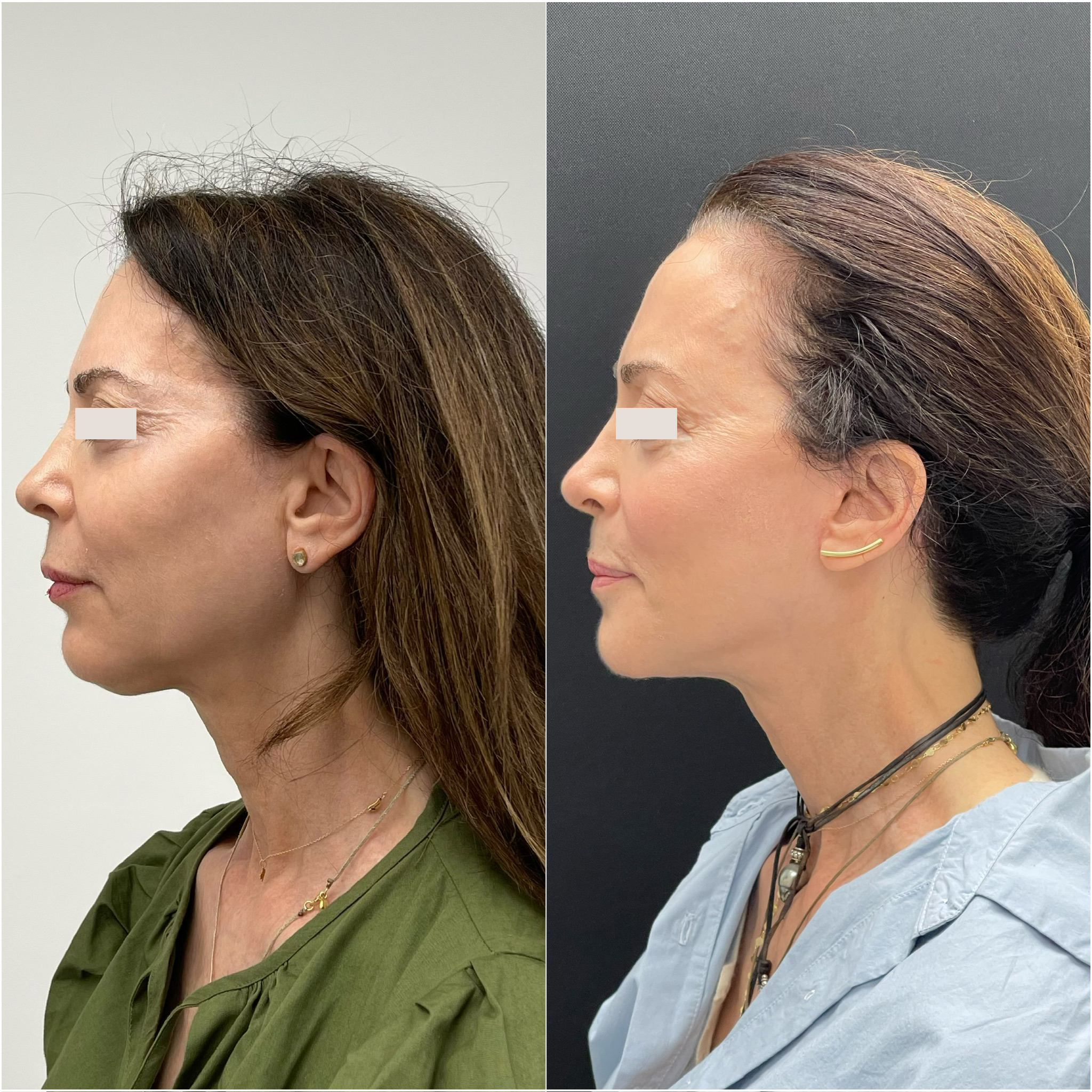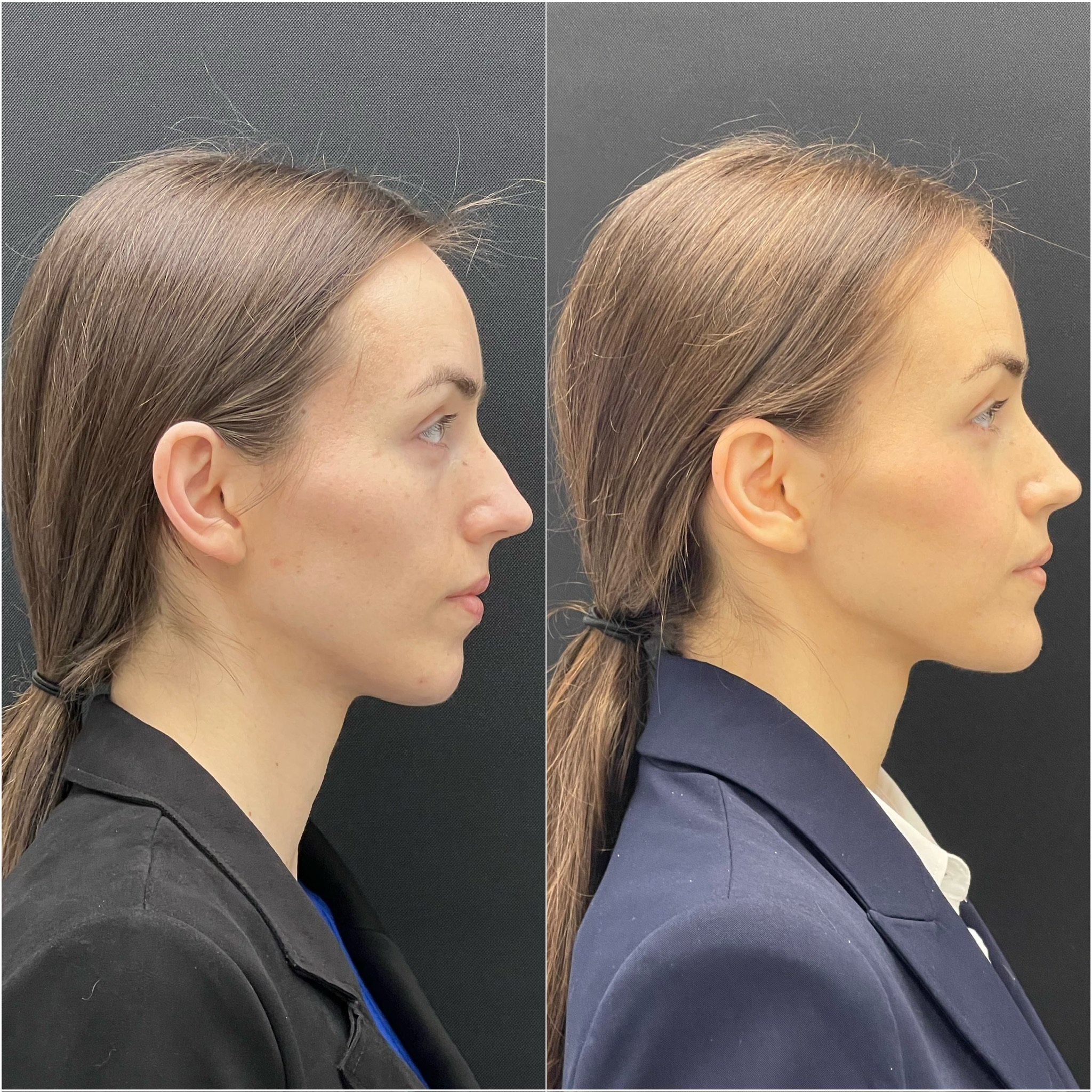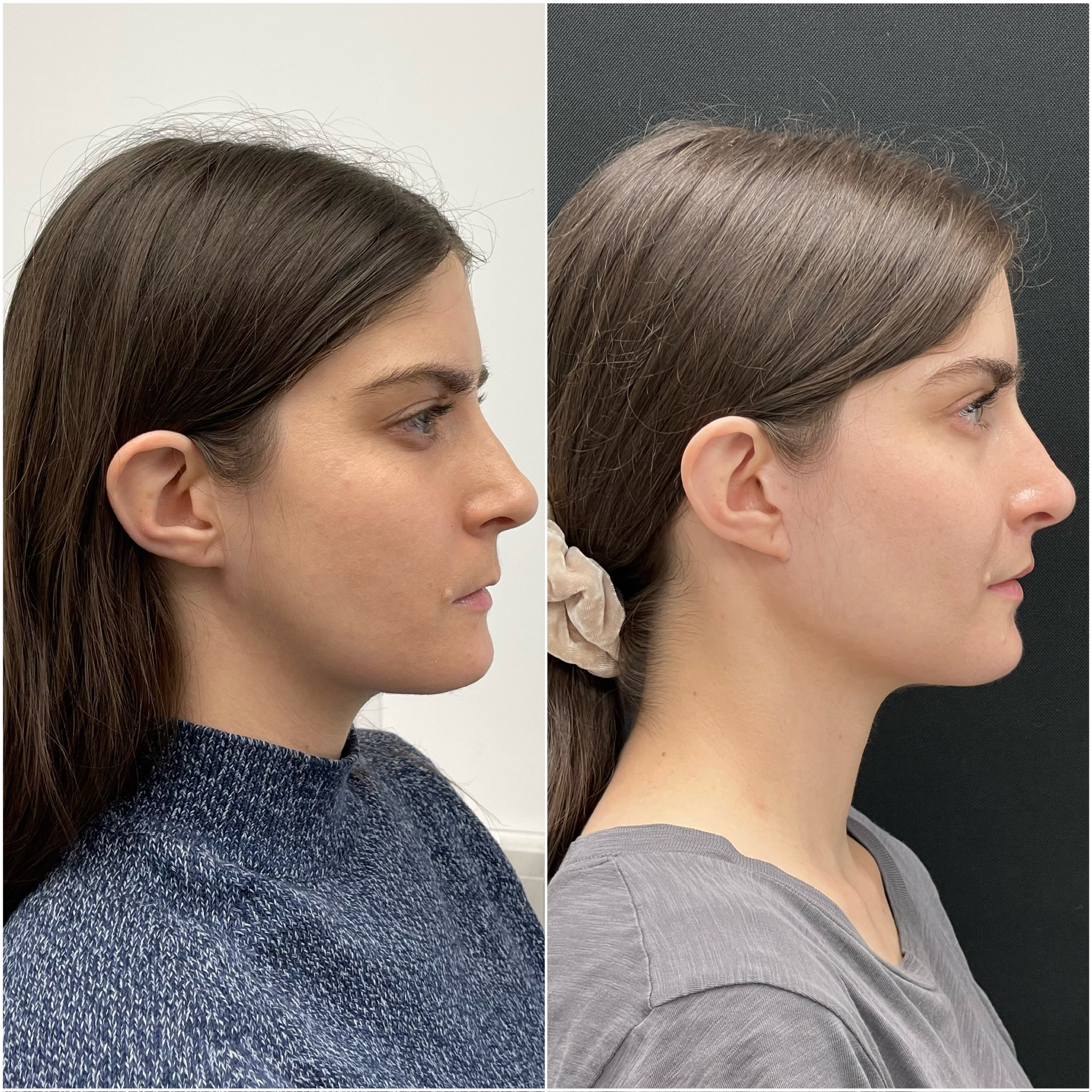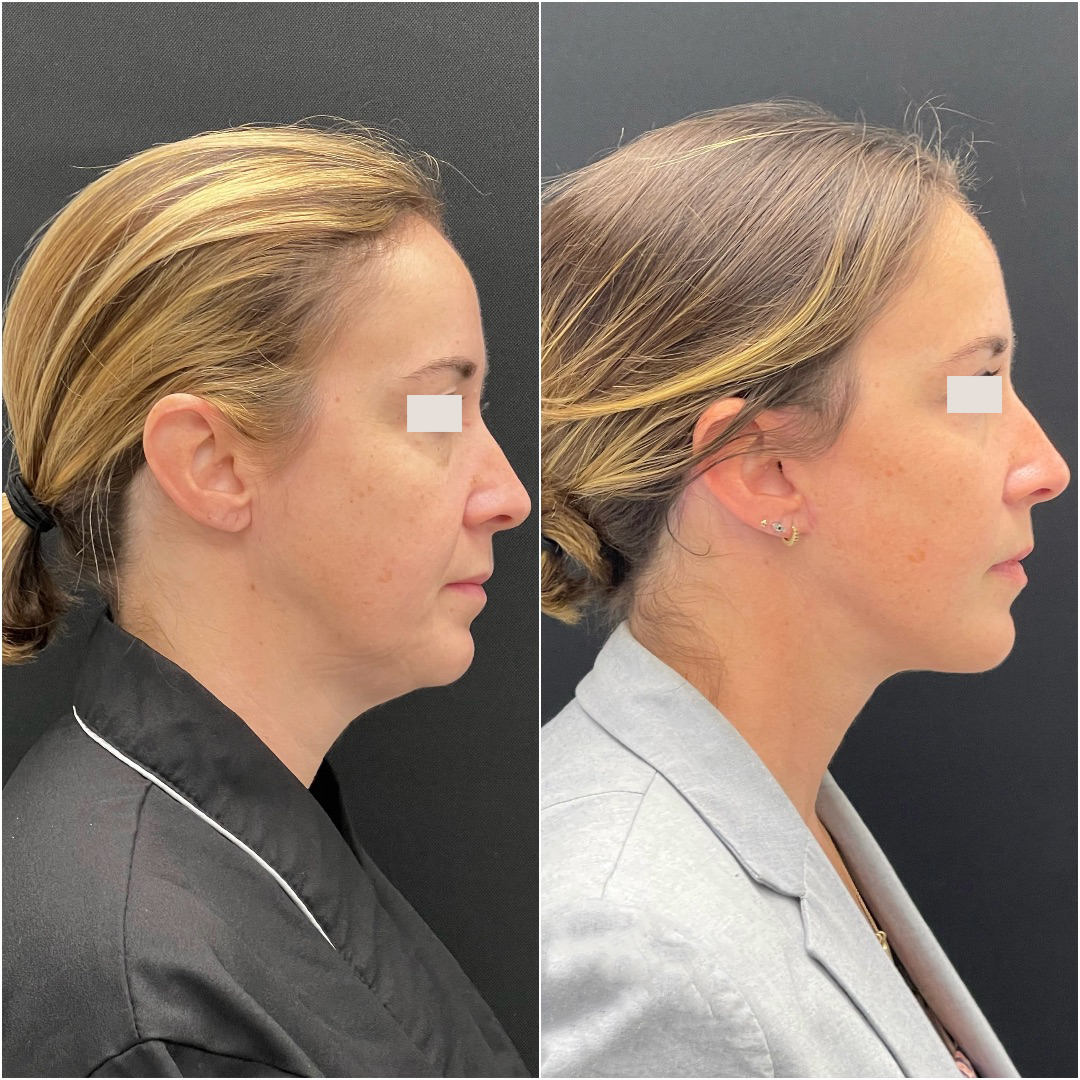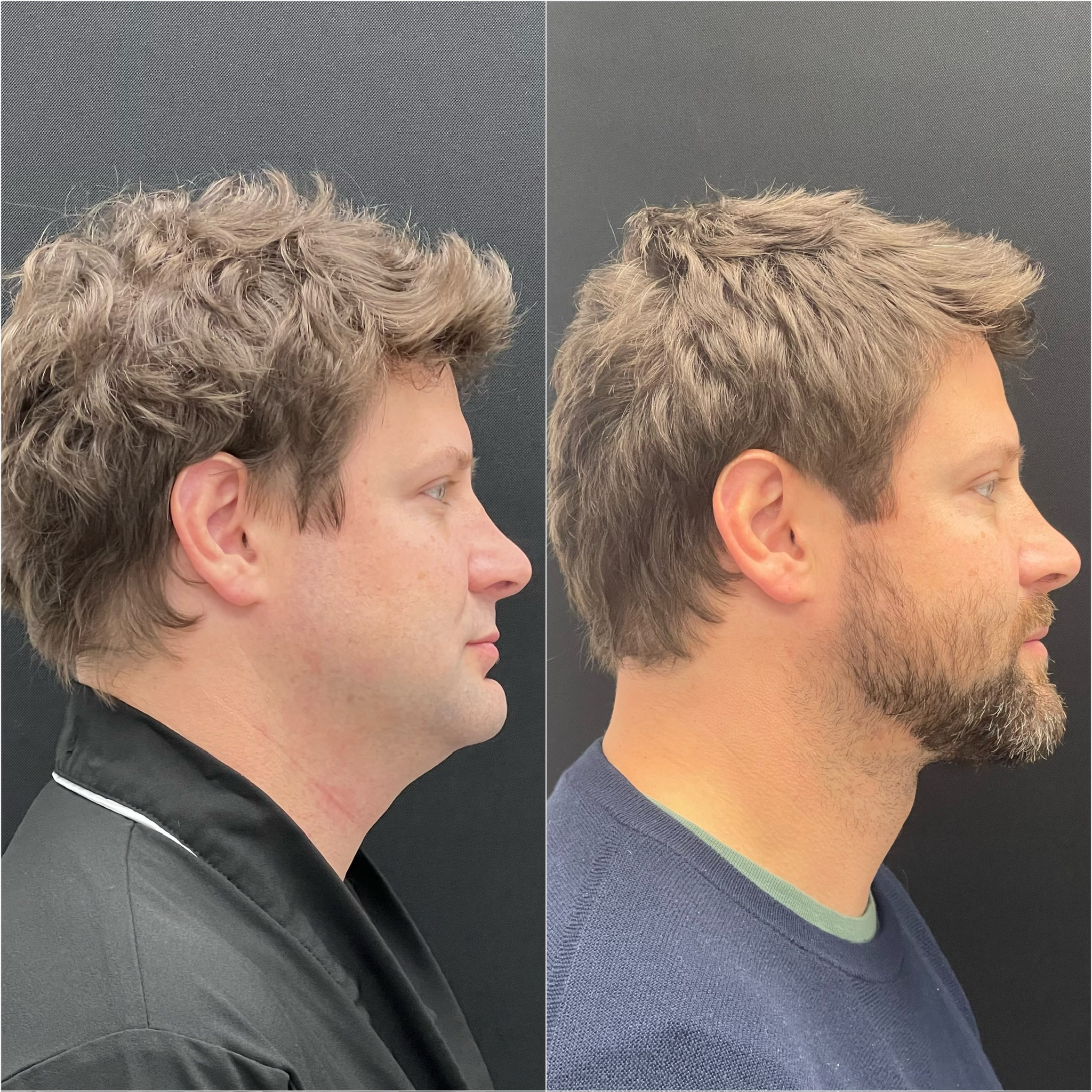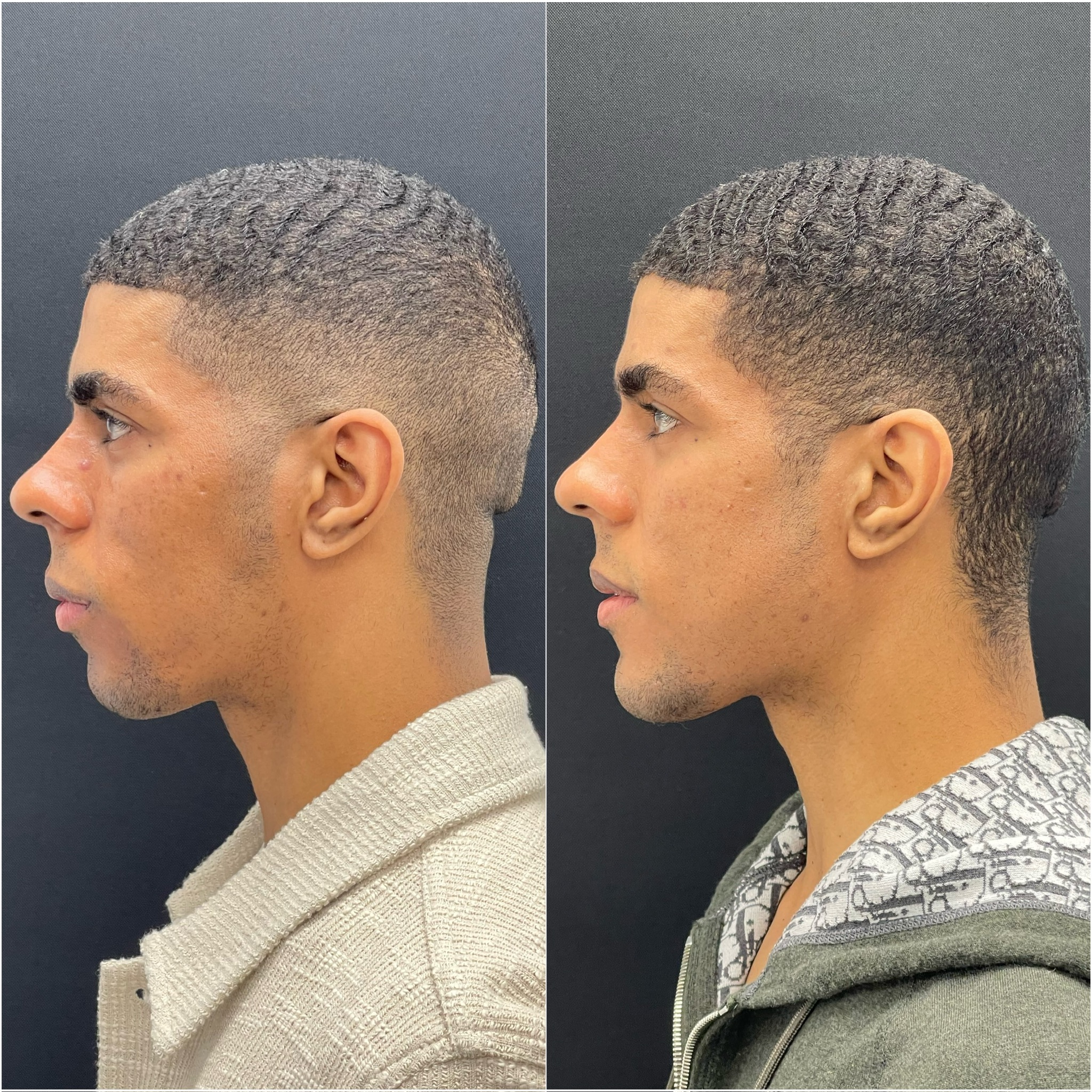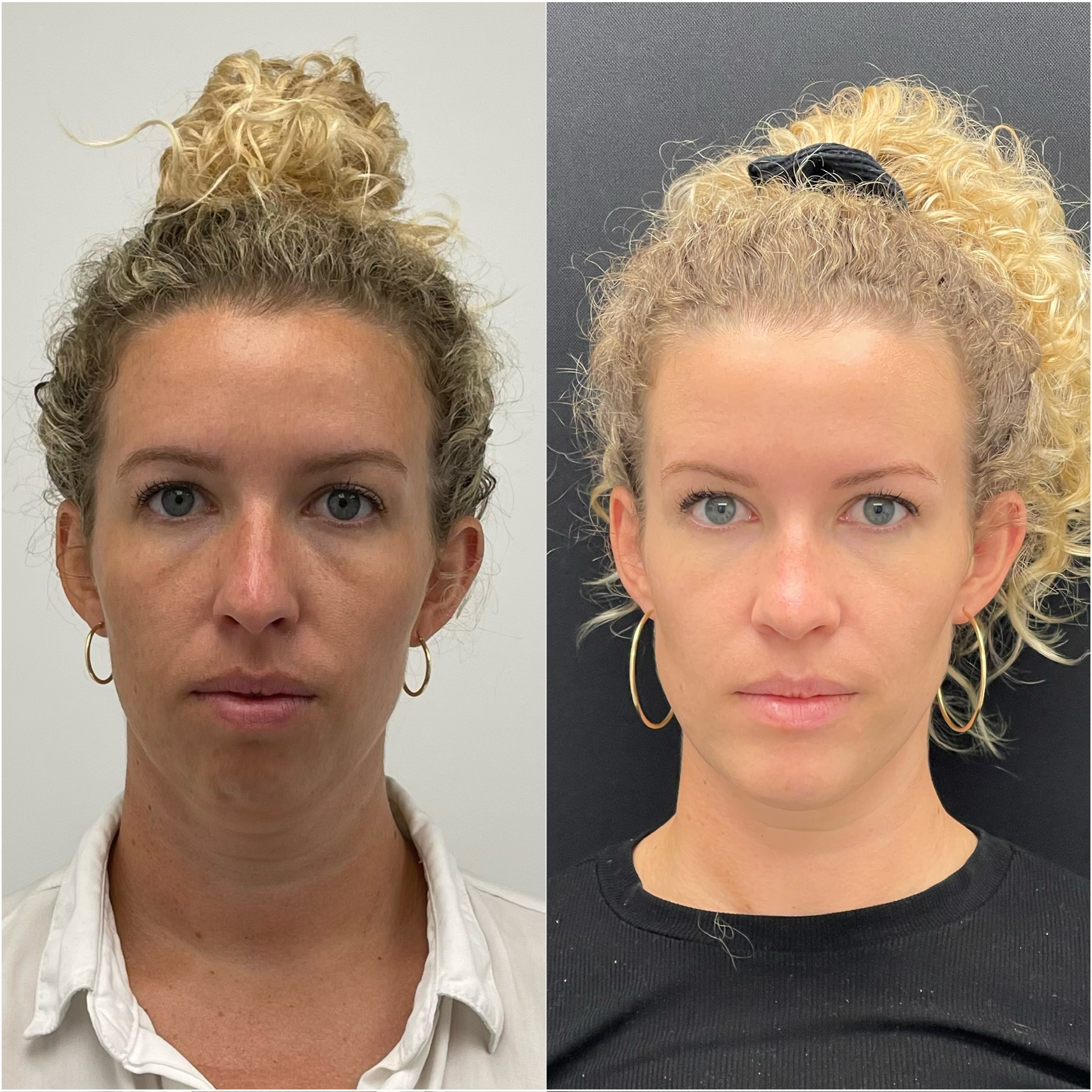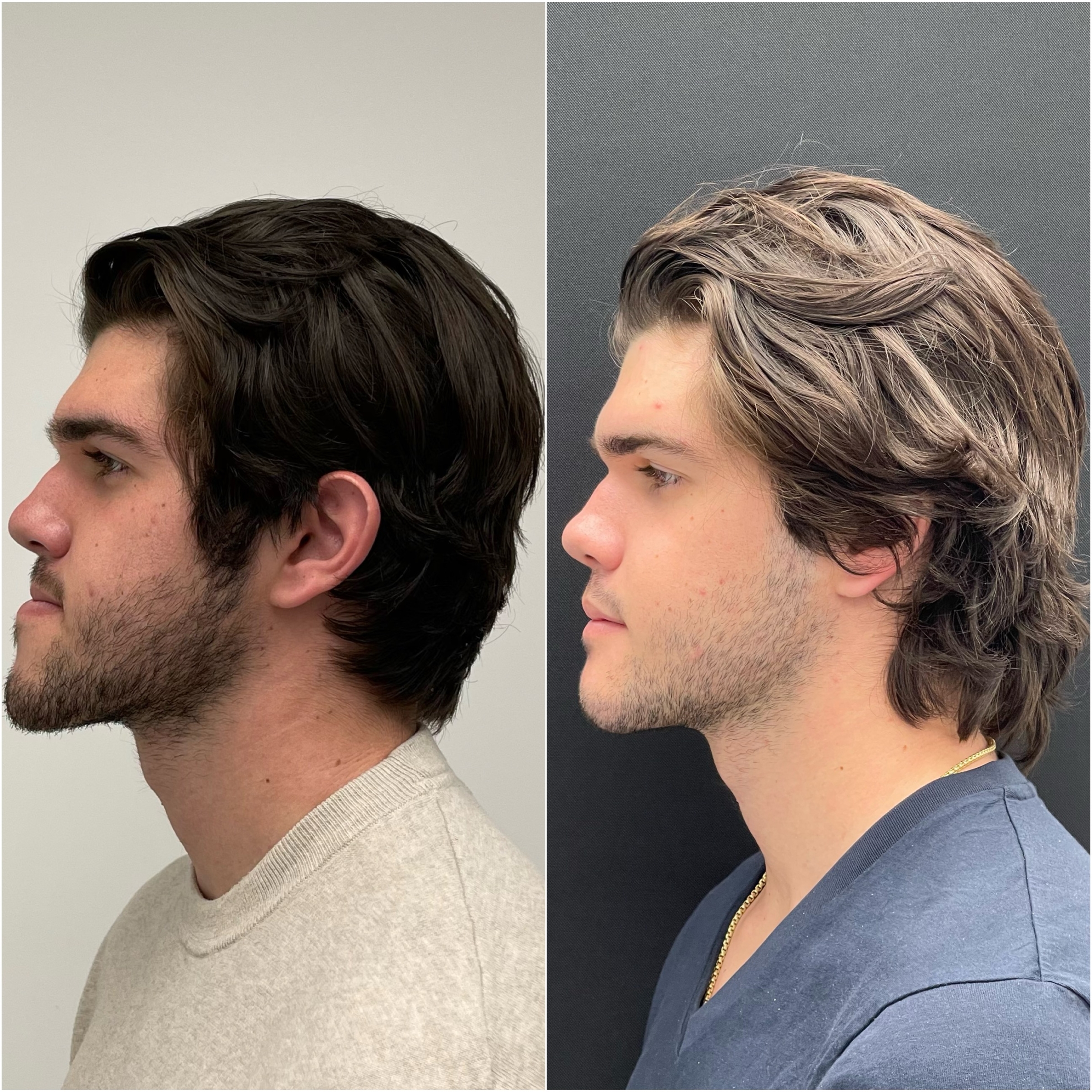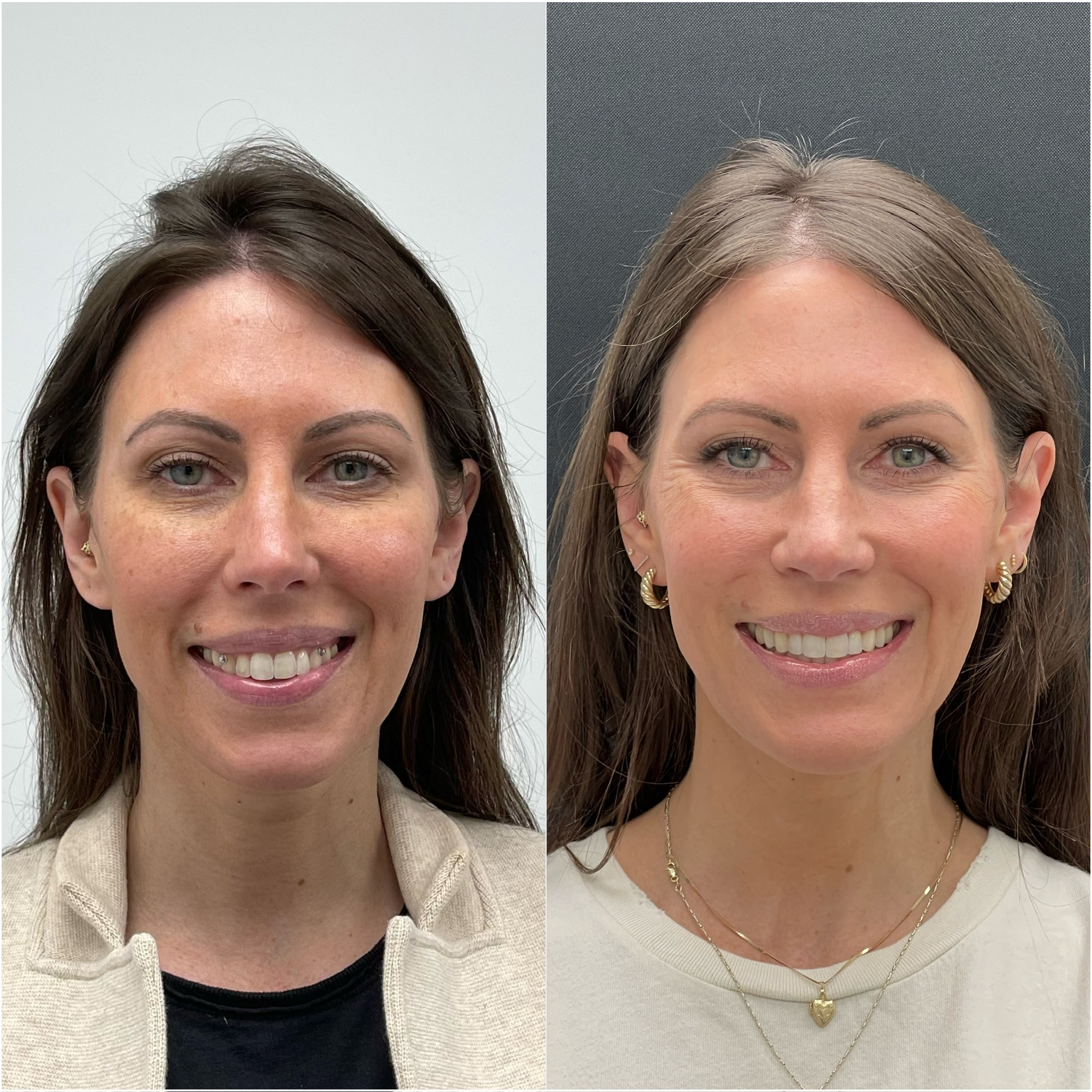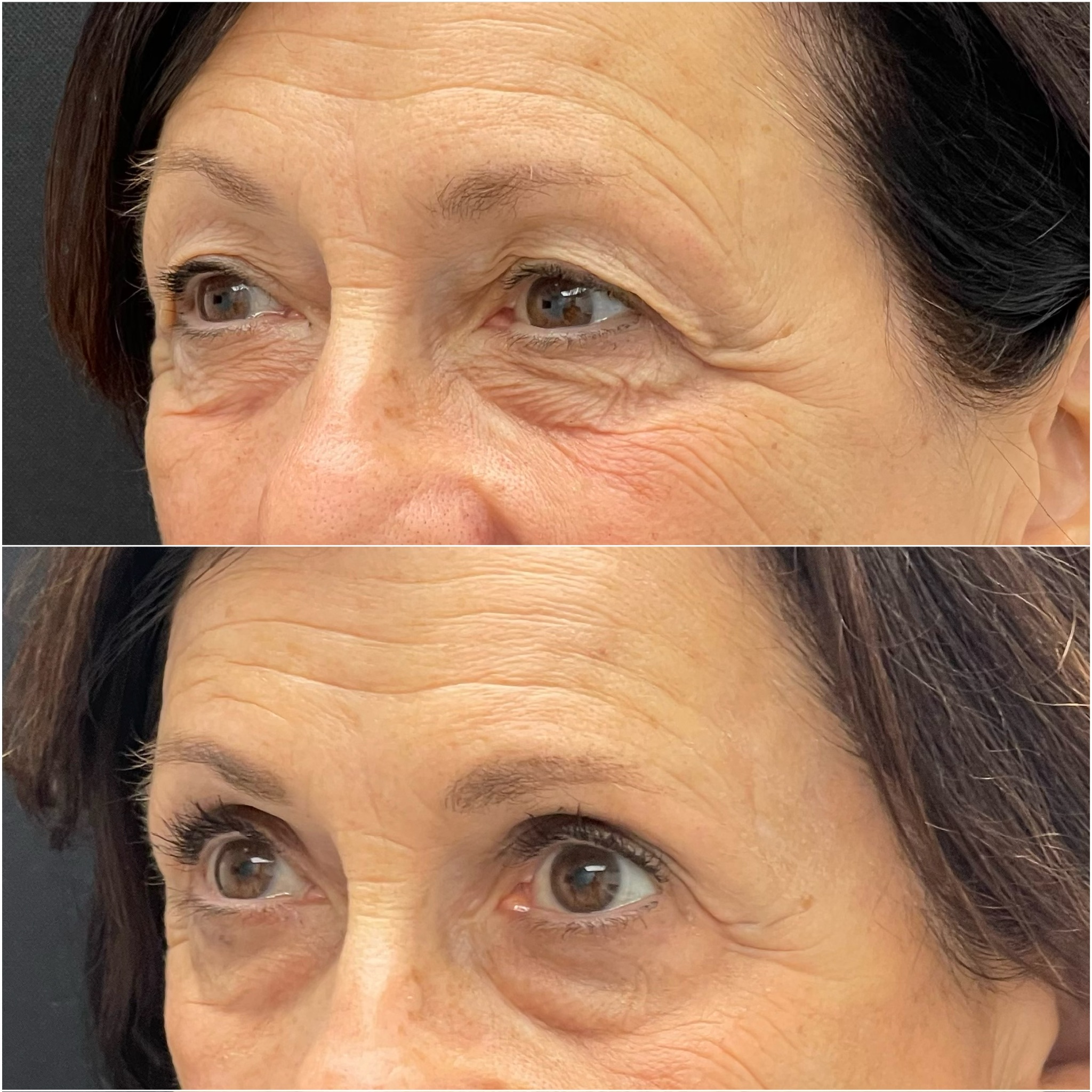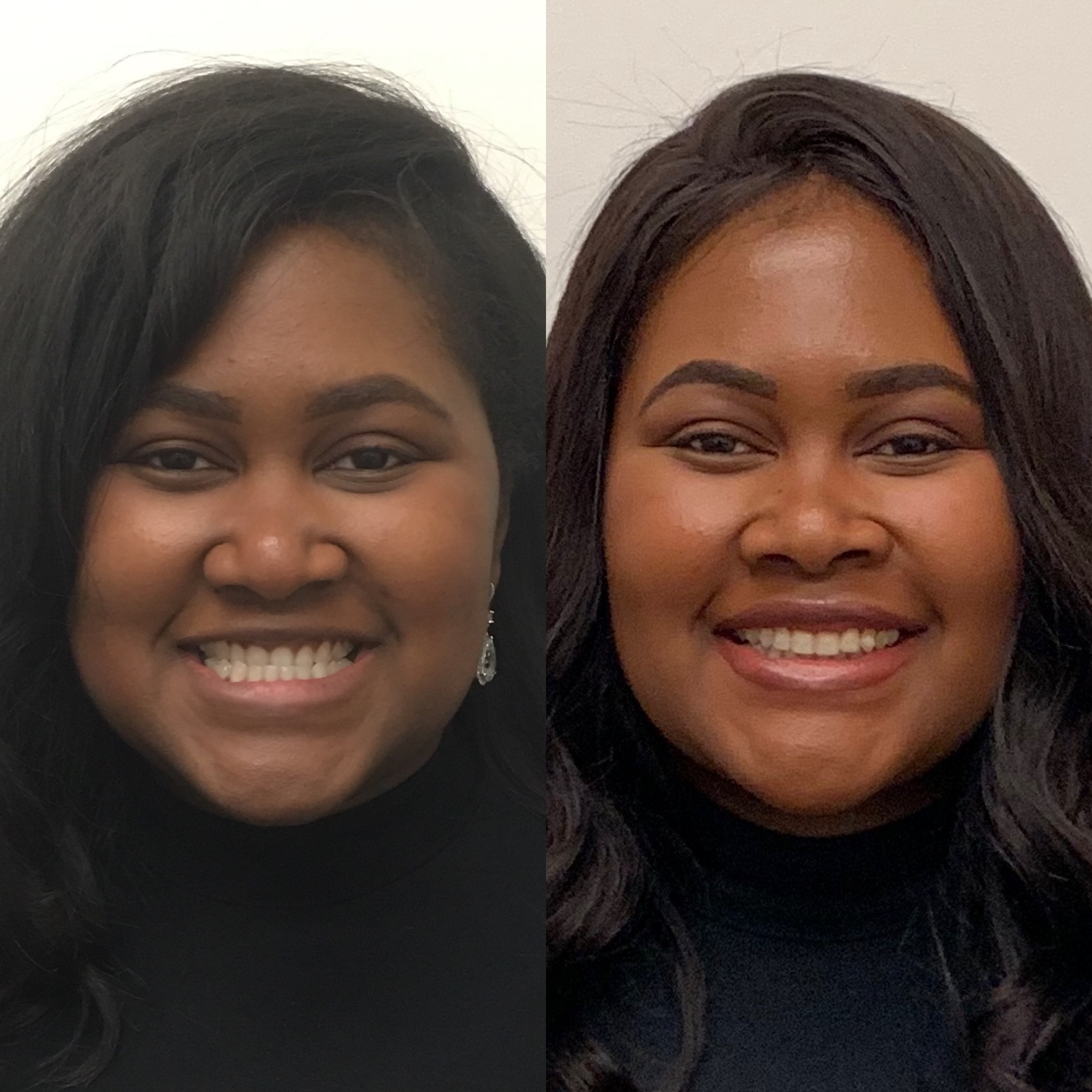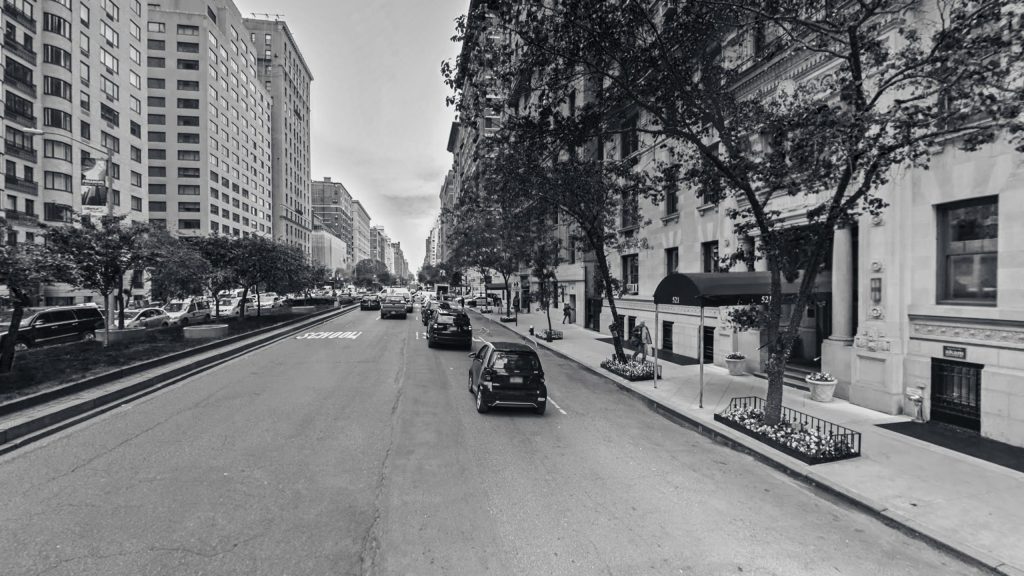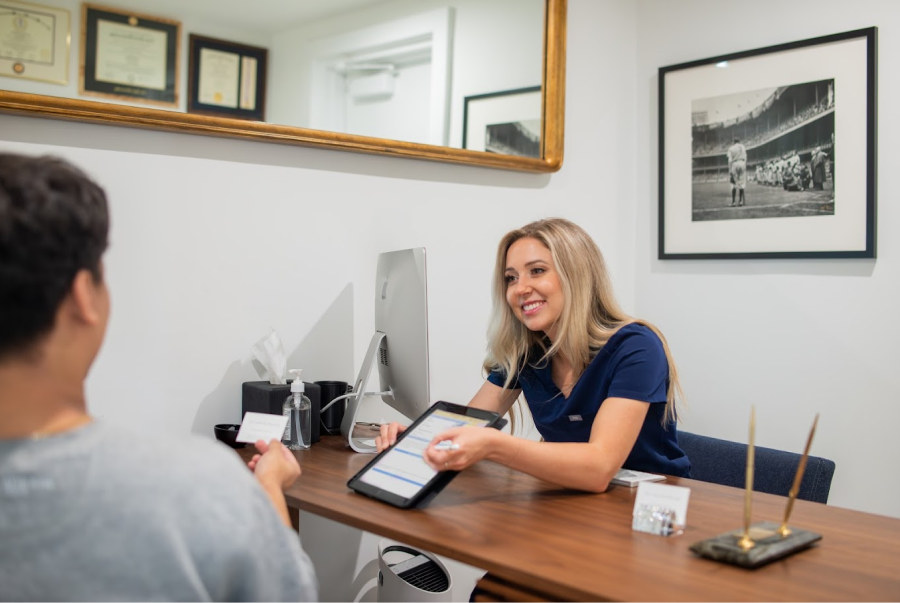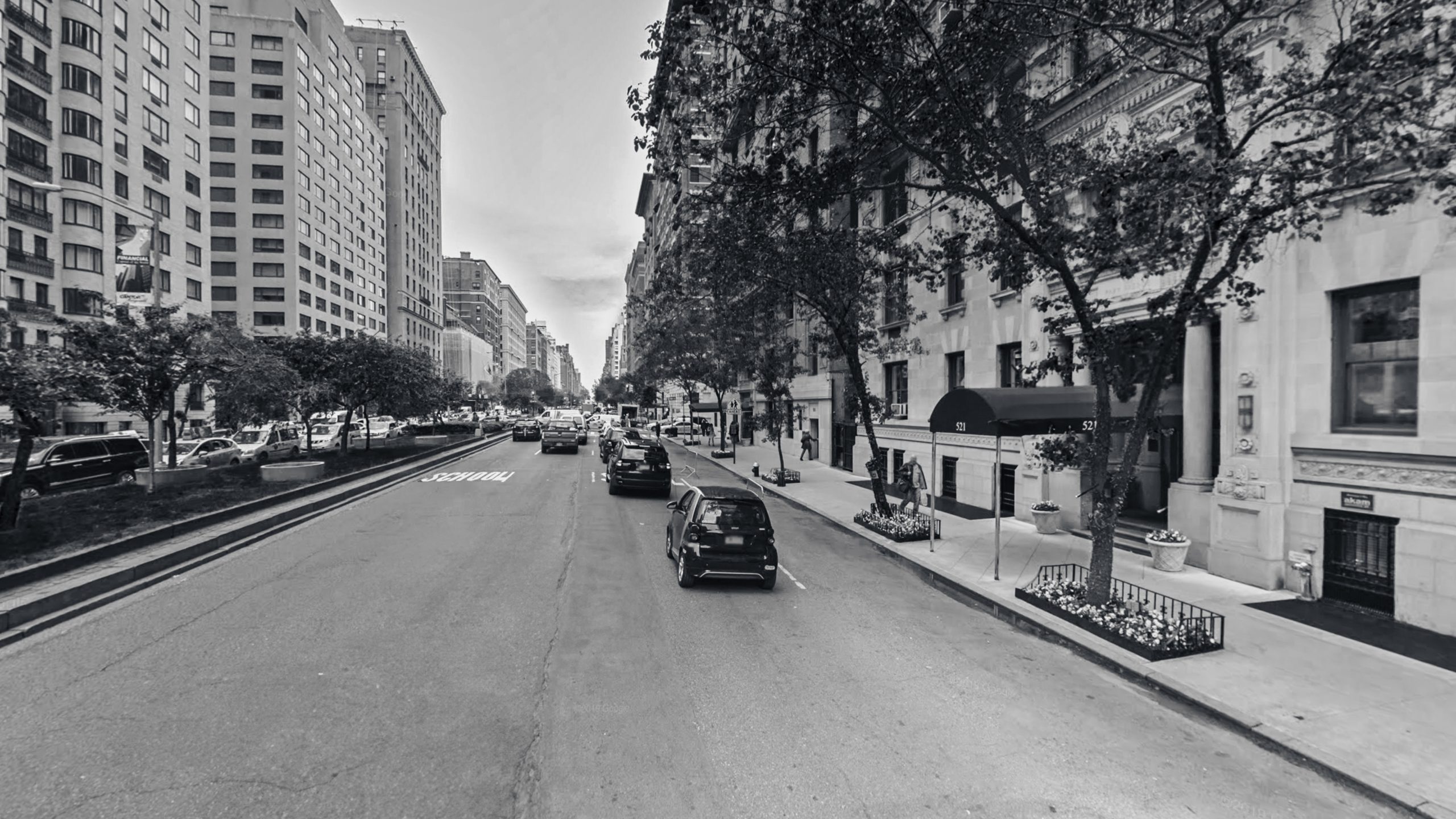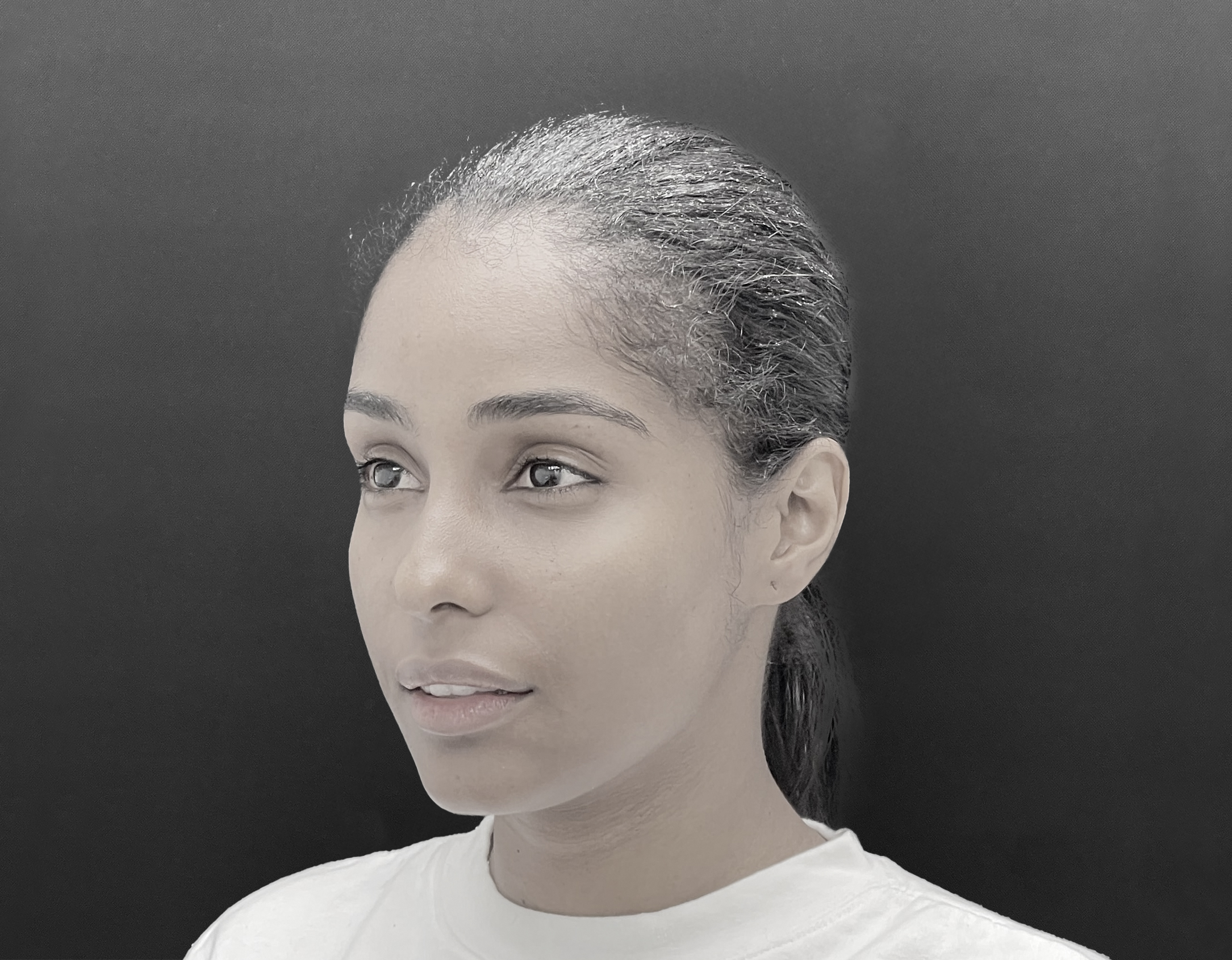
What is a Lip Lift?
A lip lift is a cosmetic surgical procedure designed to shorten the space between the upper lip and the base of the nose, creating a more youthful, balanced appearance. This is done by removing a small amount of skin and repositioning the upper lip.
The amount of the lip that is lifted depends on each patient’s specific anatomy, proportions, and goals. This procedure is typically performed under light anesthesia with minimal downtime.
Patient Results
View before and after photos of our past patients.
Lip Lift or Lip Fillers?
Lip fillers add volume to the lips by injecting a gel (typically hyaluronic acid), which is a temporary treatment. A lip lift shortens the distance between the base of the nose and the upper lip by removing a small amount of skin, and rolls out the upper lip to make it appear fuller and thicker. Both procedures will increase fullness of the upper lip; however, an important difference is that lip filler will actually lengthen the upper lip (hiding teeth during speaking/smiling), whereas a lip lift will elevate the entire upper lip, showing teeth more during speaking/smiling. Increasing tooth-display creates a more youthful, feminine appearance.
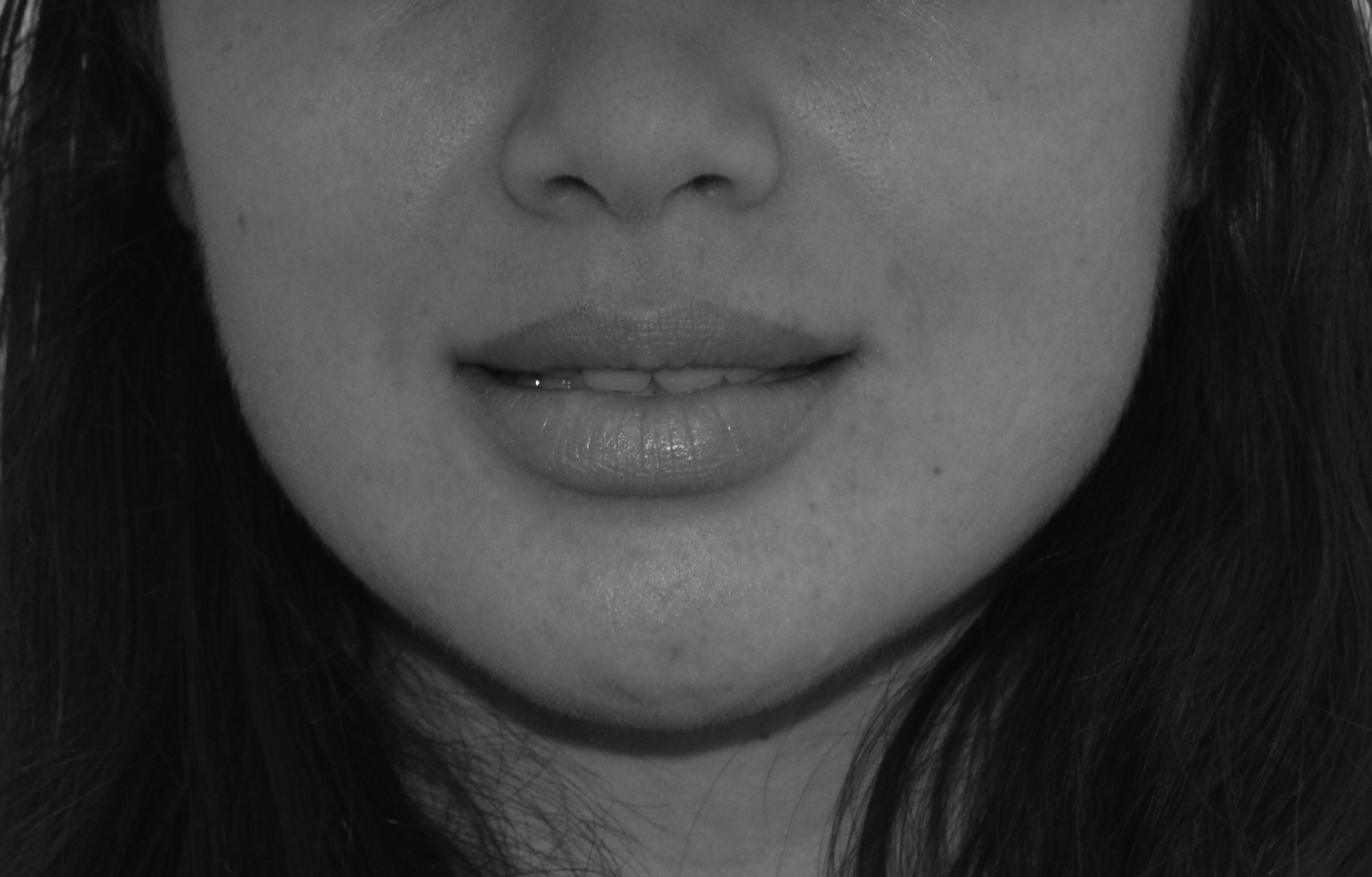
Benefits of
a Lip Lift
- Enhances lip shape and definition
- Makes the upper lip fuller and more visible
- increases the visibility of the upper teeth at rest and during speaking and smiling
- creates a youthful, more feminine appearance
What is the difference between a lip lift and lip fillers?
Lip fillers add volume to the lips by injecting a gel (typically hyaluronic acid), which is a temporary treatment. A lip lift shortens the distance between the base of the nose and the upper lip by removing a small amount of skin, and rolls out the upper lip to make it appear fuller and thicker. Both procedures will increase fullness of the upper lip; however, an important difference is that lip filler will actually lengthen the upper lip (hiding teeth during speaking/smiling), whereas a lip lift will elevate the entire upper lip, showing teeth more during speaking/smiling. Increasing tooth-display creates a more youthful, feminine appearance.
What is the purpose of a lip lift?
A lip lift shortens the distance between the upper lip and the nose, enhancing the shape and definition of the lips while increasing the visibility of the upper teeth, which creates a more youthful and feminine appearance.
Will a lip lift make my lips fuller?
Yes. A lip lift will “roll out” the upper lip to expose more of the “red lip” (the part of the lip where lipstick is applied), making it thicker and fuller.
How is a lip lift performed?
The procedure involves removing a small amount of skin beneath the nose (or sometimes the corners of the mouth) to reposition the upper lip.
Are there visible scars after the procedure?
While any skin incision will leave a scar, if the incisions are created and closed meticulously, the scars are typically imperceptible at 3-6 months, sometimes sooner. The incisions for a lip lift are made at the base of the nose, where they are well-hidden in the natural folds of the skin. Proper postoperative care will help the scars heal better and faster. This includes sun block, silicone gel, and avoiding sun exposure during the healing phase.
Where will the incisions be?
Incisions are typically right under the nose, and sometimes the corners of the mouth.
Will a lip lift affect my smile?
A properly performed lip lift should not interfere with your smile or lip movement, but will improve it.
Am I a good candidate for a lip lift?
There are two main types of candidates for lip lift: 1) aging patients with “senile” upper lips which have lengthened over time and become thin and flattened. Here there is a significant decrease of the visible part of the lip and the lip covers the teeth completely at rest. 2) Younger patients with hereditarily long upper lips that violate proportions of the lower facial third (aesthetic ideal standard). These patients also have a minimal amount of “tooth display” during speaking and smiling. Because the upper lip is thin and turned in, they often seek lip fillers; however, because filler will lengthen the upper lip, they will have even less tooth display and are poor candidates for lip filler without a lip lift.
Are there different types of lip lifts?
Yes: Subnasal bullhorn, Vermillion advancement, and Corner lift (commissuroplasty) are the most common. They each have very different indications, pros and cons, benefits, and considerations and are therefore tailored to each individual.
What type of anesthesia is used?
Lip lift is commonly done under a light “twilight” (IV) sedation. This allows you to remain comfortable and relaxed during the procedure.
How long does a lip lift typically take?
1-2 hours (Patients can return home the same day)
Do I need to stay overnight in the facility?
No, patients return home the same day for this procedure.
What is the recovery time?
Most patients can resume work and are considered “restaurant-ready” within 1-5 days, and the incisions are fully healed and imperceptible at 3-6 months.
How long until I can be out in public?
Most patients can resume work and are considered “restaurant-ready” within 1-5 days. For social events such as weddings (guest), graduations, or holidays, one should allow 1-2 weeks for recovery.
How soon can I wear makeup after a lip lift?
You can typically wear makeup around the incision area within 7-10 days, once the site has healed sufficiently.
How soon can I travel after my surgery?
We typically ask patients to remain in town for a period of 1-2 weeks before flying. However, car rides of 2-4 hours are ok the following day in most cases. We would still like to see you for a postoperative visit at the 1-week mark.
Can I combine a lip lift with other procedures?
Yes, many patients combine lip lifts with complementary procedures like a face lift, blepharoplasty, or chin augmentation.
How long do lip lifts last?
Forever.
How do I choose the right surgeon for a lip lift?
Lip lift surgery has two very important elements: 1) There is an incision underneath the nose in the center of the face, so the surgeon must have the training/skill to meticulously design and close the incision for an imperceptible scar; 2) Achieving the ideal amount of tooth display without overcorrection is critical to avoid difficulty closing the lips at rest and during speaking and for ideal smile aesthetics. The surgeon should understand smile and dental aesthetics and be able to cooperate closely with your cosmetic dentist.
What makes a “good” lip lift?
A proper lip lift is one with an incision that is placed and designed ideally, sutured meticulously, placed with the precise amount of lifting (not over- or under-corrected), and takes into account overall aesthetic proportions of the face, including the upper and lower lips themselves as well as smile architecture and tooth display.
What to Expect
After Surgery
- Patients will leave the office with a bandage that will fall off over the first few days, and usually have sutures that we will remove in about 5 days
- We will schedule follow-up appointments at usually 5-7 days (suture removal), one month, 3 months, 6 months, a year to ensure optimal healing
- During the first 2 weeks, patients should avoid pulling on the lip and maintain a gentle diet so as not to stretch the mouth excessively
- Most patients can resume work and are considered “restaurant-ready” within 1-5 days
- For social events such as weddings (guest), graduations, or holidays, one should allow 1-2 weeks for recovery
- Moderate exercise is usually resumed within one week
- Up to 90% of swelling/bruising resolves within 5 days
- Incisions are usually placed under the base of the nose (sometimes the corner of the lips). Scarring in this area is typically imperceptible at 3-6 months
- Patients will need to avoid direct sun exposure to the incisions for at least a year and use sunscreen to protect healing skin
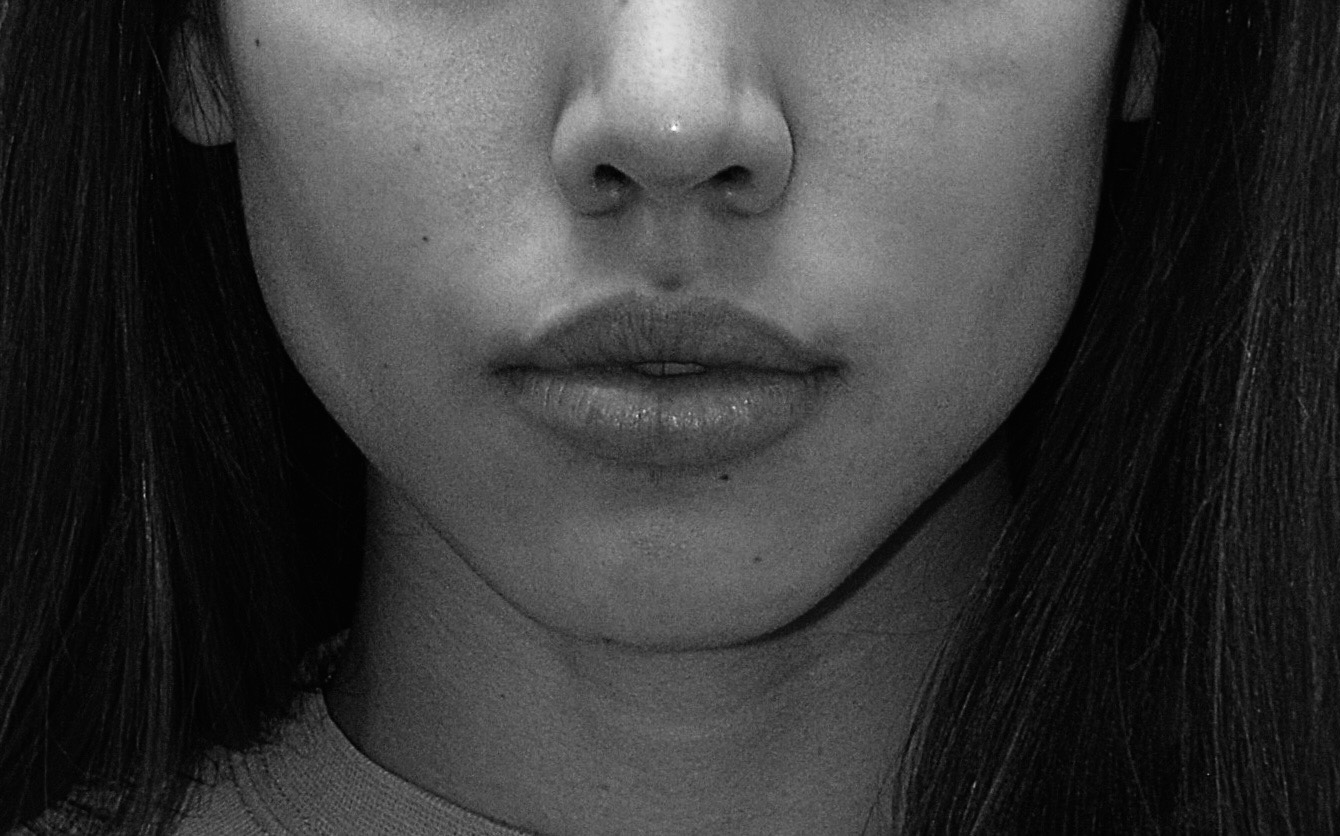
Trained to “lift”
Lip lift surgery has two very important elements: 1) There is an incision underneath the nose in the center of the face, so the surgeon must have the training/skill to meticulously design and close the incision for an imperceptible scar; 2) Achieving the ideal amount of tooth display without overcorrection is critical to avoid difficulty closing the lips at rest and during speaking and for ideal smile aesthetics. The surgeon should understand smile and dental aesthetics and be able to cooperate closely with your cosmetic dentist.
A proper lip lift is one with an incision that is placed and designed ideally, sutured meticulously, placed with the precise amount of lifting (not over- or under-corrected), and takes into account overall aesthetic proportions of the face, including the upper and lower lips themselves as well as smile architecture and tooth display.
